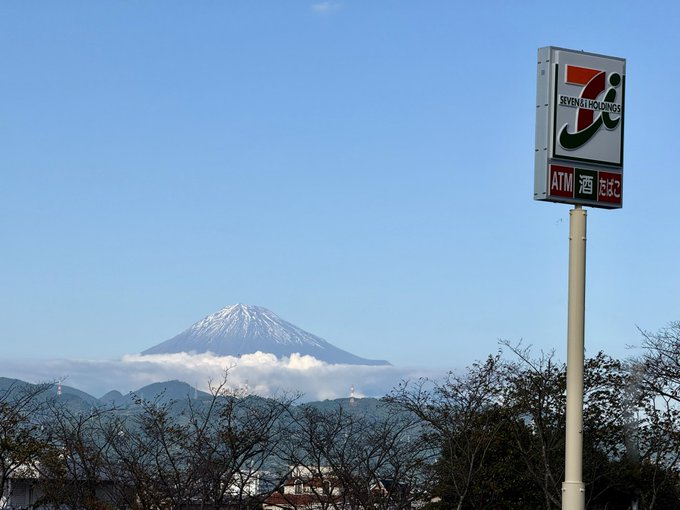Japan’s iconic Mount Fuji, a symbol of natural beauty and cultural heritage, has witnessed its first snowfall of the winter season, arriving 21 days later than it traditionally does. This delay in the onset of snow on Japan’s highest peak marks a notable shift in seasonal weather patterns and raises questions about broader climatic changes impacting the region.
Mount Fuji, standing majestically at 3,776 meters (12,389 feet), is renowned for its almost perfect conical shape and spiritual significance in Japanese culture. Typically, snow begins to coat its summit by early October, creating the striking white-capped image that is widely revered and captured in countless artworks and photographs. However, this year the first snow was reported on October 21, 2025, well past the usual early October timing. This 21-day delay in snowfall is a significant anomaly that has attracted attention both from locals and meteorologists alike.
Climatic Trends Behind the Delay
The postponed snowfall is largely attributed to warmer-than-average temperatures across Japan and the broader East Asian region during the early fall months. Meteorological data indicates that the region experienced a prolonged period of mild weather, influenced by shifting atmospheric patterns. This included a persistent high-pressure system that kept temperatures elevated, delaying the drop necessary for snow formation at higher altitudes like Mount Fuji’s summit.
Climate scientists point to global warming as a contributing factor in such variations. The overall increase in Earth’s average temperature means that seasonal transitions are becoming less predictable, with some winters arriving later and summers extending longer. In the case of Mount Fuji, the delayed snowfall highlights how even iconic and traditionally stable natural landmarks are not immune to the effects of climate variability.
Implications for Environment and Tourism
The late arrival of snow on Mount Fuji carries implications for both the natural environment and the local economy. From an ecological perspective, snow plays a critical role in regulating the mountain’s ecosystem. It helps maintain moisture levels that support diverse plant and animal life, and its gradual melting in spring feeds rivers and groundwater systems vital for surrounding communities. A late snowfall could disrupt these natural cycles, potentially affecting flora and fauna adapted to established seasonal patterns.
Tourism is another sector likely to be impacted by this change. Mount Fuji attracts millions of visitors annually, many of whom come specifically during the autumn and early winter months to witness the picturesque snow-capped peak. The late snow may affect travel plans and reduce visitors seeking the traditional winter experience of the mountain. This disruption extends to local businesses dependent on seasonal tourism, such as guided hikes, lodging, and souvenir sales.
Cultural and Symbolic Significance
Beyond its environmental and economic roles, Mount Fuji holds deep cultural symbolism in Japan. It has been a spiritual site for centuries, inspiring poets, artists, and pilgrims. The first snow is often seen as a herald of the changing season, symbolizing renewal and purity. Its delayed arrival may influence traditional seasonal festivals and cultural practices that revolve around nature’s rhythms.
Looking Ahead: Monitoring and Adaptation
The unexpected timing of Mount Fuji’s first winter snow serves as a reminder of the dynamic nature of Earth’s climate system. Continued monitoring of weather patterns and mountain conditions is essential for understanding long-term trends. Japan’s meteorological agencies and environmental researchers are likely to increase their focus on these climatic shifts to develop adaptive strategies for both preservation of natural heritage and sustainable tourism management.
In conclusion, the late snowfall on Mount Fuji in 2025, arriving 21 days later than usual, is more than a meteorological curiosity. It is a visible sign of climate change’s growing footprint on natural landmarks. This event underscores the need for heightened awareness and proactive measures in confronting the environmental challenges facing Japan and the world. The snow may have come late this year, but its arrival is a powerful signal that nature’s cycles are evolving in response to a warming planet.
specify its catergory and give it a suitable title
Category: Environment / Climate Change
Title: Mount Fuji’s First Snow Arrives 21 Days Late, Highlighting Climate Shifts in Japan

